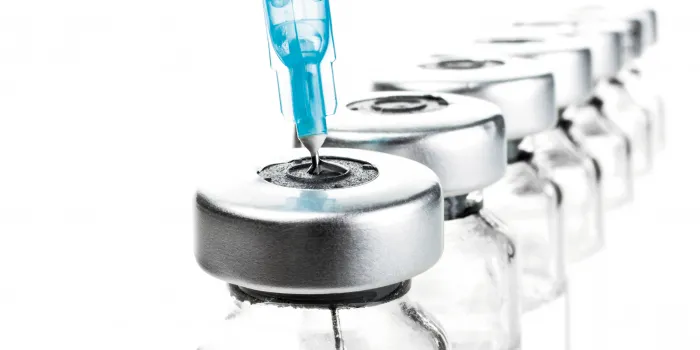Clinical trials provide important information about how well drugs and devices work and how safe they are, but they’re not infallible. Some issues may only become apparent after a drug has been approved for use. When that happens, post-market safety monitoring systems help make sure the drug or device is still safe for the public to use. These systems may precipitate a change in prescribing information or even removal of a drug or device from the market if it’s found to be unsafe.
Steven Pipe, MD, a professor of pediatrics and pathology at the University of Michigan and chair of NHF’s Medical and Scientific Advisory Council (MASAC), says the most important safety and efficacy data regarding drugs and medical devices comes during the clinical trial stage. Results from the trials are reported in peer-reviewed medical journals, and also reviewed by all the principal investigators on the trial. Regulatory authorities, including the US Food and Drug Administration (FDA), review all the data again before approval, and use the information to create the prescribing information for a drug or device. In some cases, the FDA may require post-approval studies to obtain more information.
Despite the rigorous review, adverse events—negative reactions to a drug or device—may only become apparent after approval.
Post-market monitoring
Once a drug or device is on the market, there are reporting mechanisms in place if patients experience adverse events. Pipe says it’s up to clinicians, pharmacists and patients to report such occurrences. Providers need to decide if the adverse event is directly attributable to the drug the patient is taking or a device they’re using, or if the symptoms are unrelated. For instance, if a patient is taking a drug and gets a rash at the injection site, it’s up to the clinician to decide whether the rash is attributable to the drug, or if it has some other cause.
“The first order of surveillance and decision-making lies squarely with the provider and the patient,” Pipe says. “That’s where safety is first dealt with.”
The FDA has two methods for manufacturers, health professionals and consumers to report suspected problems with approved drugs and devices: MedWatch and Medical Product Safety Network (MedSun). Pipe says drug manufacturers also often have forms providers can fill out, or hotlines they can call, to report adverse events.
“Often people just call the representatives from the company,” he says.
Pipe says the manufacturing company has a responsibility to follow up on any potential adverse events it might hear about—whether they’re officially reported, read about in a journal or mentioned during casual conversation at a scientific meeting.
Like clinicians, companies and regulators need to determine whether the adverse events are attributable to the drug or device.
“The likelihood for assigning attribution grows if there are some commonalities across multiple adverse events,” Pipe says. So if one patient develops a rash, the event may not be attributable. But if two dozen patients using the same drug develop a rash, that increases the likelihood for attribution. The company then has to assess the severity of the reaction and whether the drug poses a safety risk.
Responses to adverse reactions can include issuing warnings about drugs that should not be taken at the same time to changes in dosage recommendations or prescribing information. In severe cases, the FDA or a drug manufacturer can recall a drug.
“In the case of hemophilia products, in recent years there’s a tremendous sensitivity to the needs of this vulnerable population,” Pipe says, adding that drug companies have been very careful to report even minor glitches in their manufacturing processes. “They pinpoint a specific lot and they say, look, something didn’t meet our manufacturing standards, we don’t want you to infuse this product. There’s probably nothing wrong with it, but we’re just being extra careful.”
Getting the word out
For organizations like the National Hemophilia Foundation (NHF), the role is different, says Neil Frick, NHF’s vice president for Medical Programs and Information. NHF’s role is not to report adverse reactions. Instead, it strives to keep patients informed when there are changes to approved medications.
“When we find out about incidences, we send out medical advisories,” says Frick. Usually, the notification comes from the manufacturer. If patients have questions, he recommends they contact their hemophilia treatment center (HTC) or call the manufacturer themselves. You can find NHF’s medical advisories online at www.hemophilia.org/Newsroom/Medical-Advisories. Individuals can also sign up to receive news and regular updates from NHF via email.
Most importantly, Frick says, patients who have concerns about a drug they’re taking should talk to their healthcare team before making any changes in their treatment plan.

